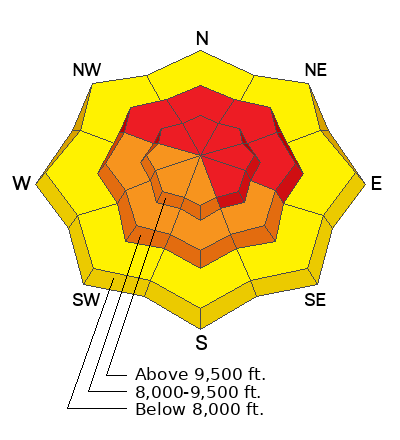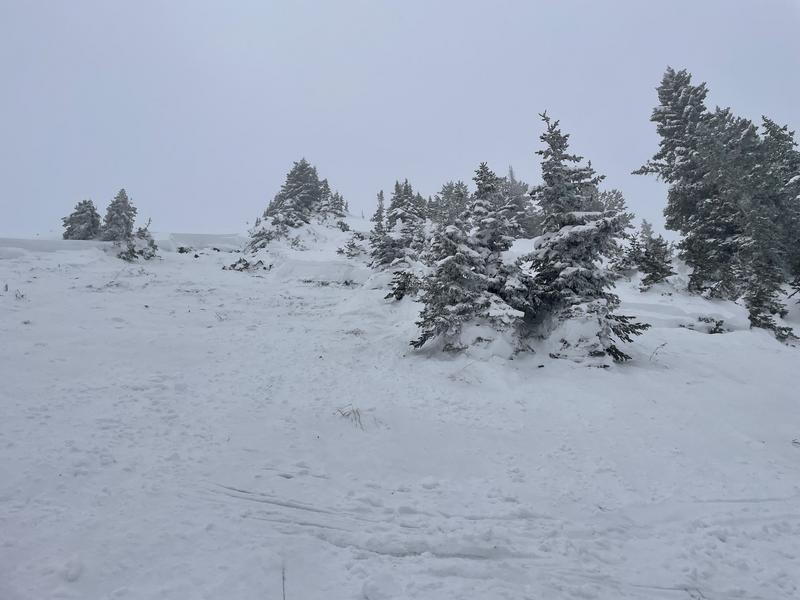Forecast for the Salt Lake Area Mountains

Issued by Trent Meisenheimer on
Tuesday morning, December 5, 2023
Tuesday morning, December 5, 2023
The avalanche danger is HIGH on slopes that face northwest, north, northeast, east, and southeast. Today's travel advice is straightforward: TRAVELING IN AVALANCHE TERRAIN IS NOT RECOMMENDED.
TODAY HAS AVALANCHE ACCIDENT WRITTEN ALL OVER IT. PLEASE AVOID AVALANCHE TERRAIN!

Low
Moderate
Considerable
High
Extreme
Learn how to read the forecast here









